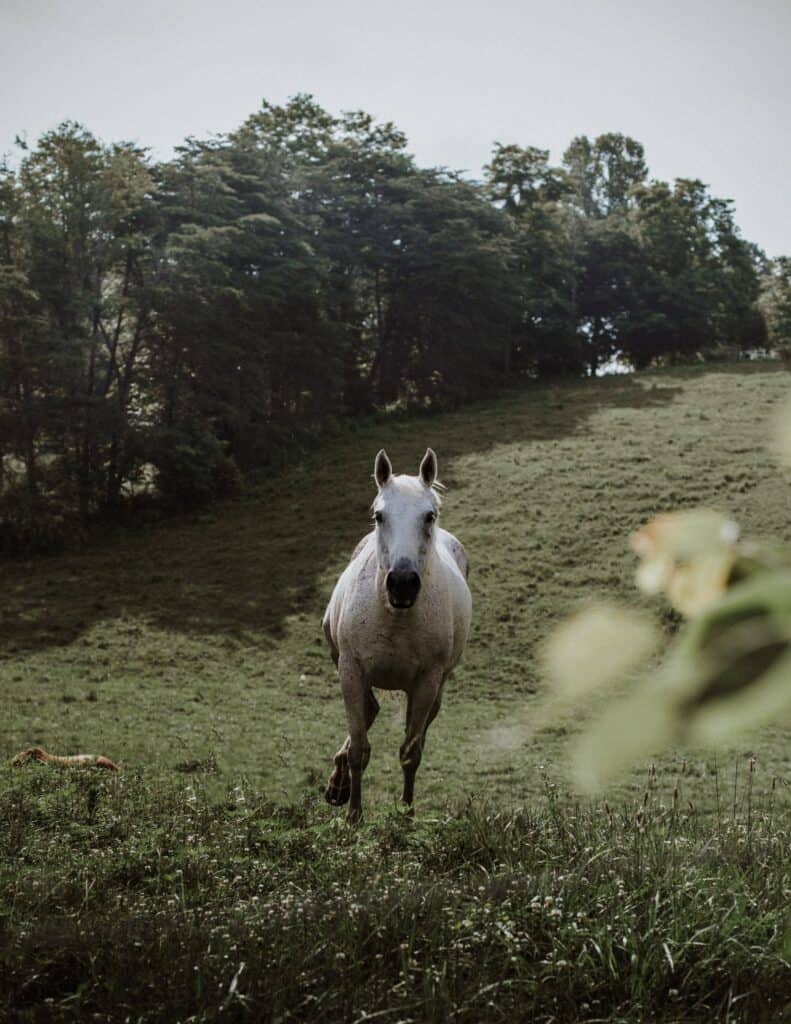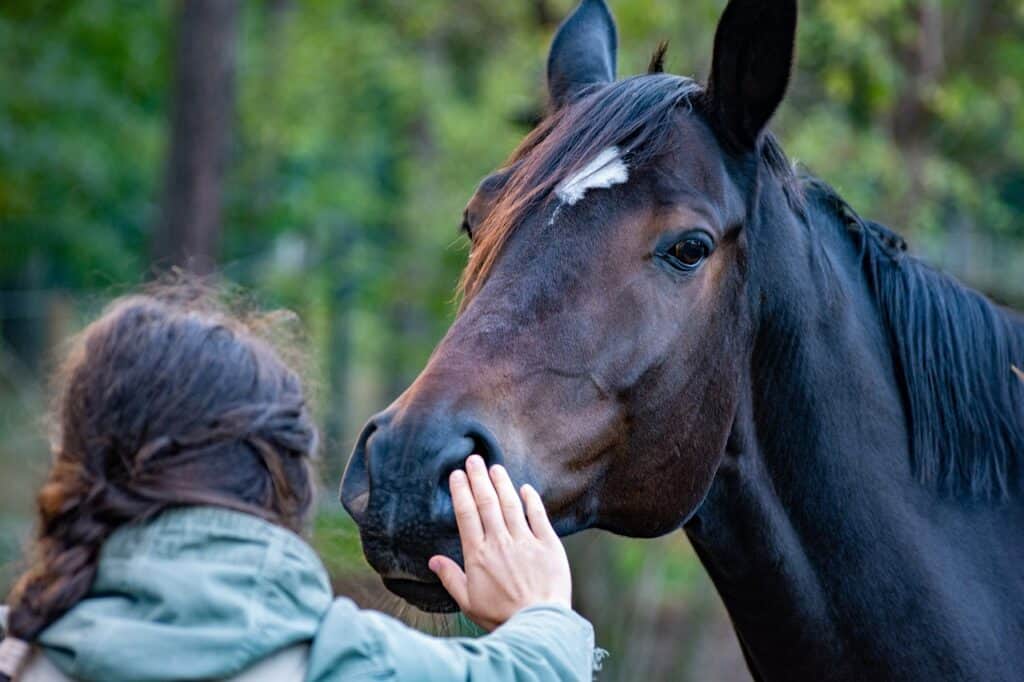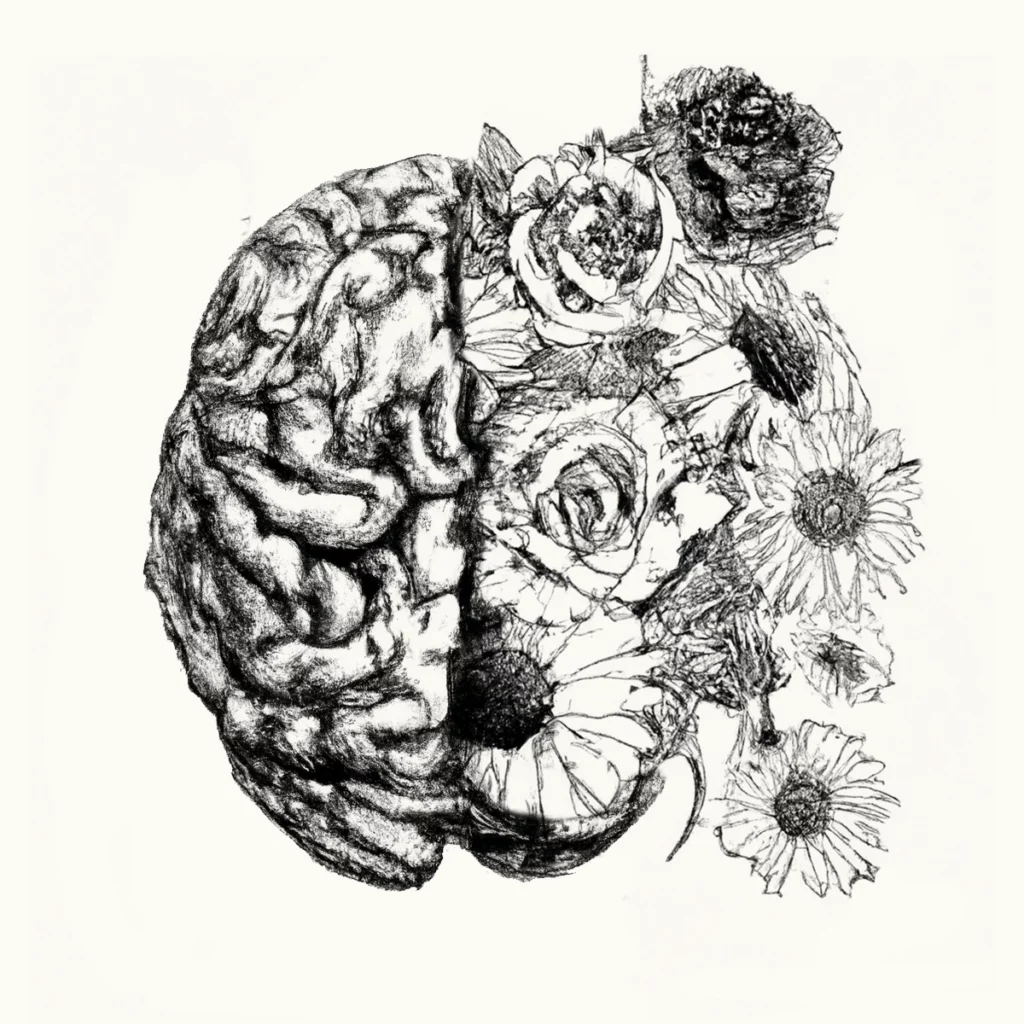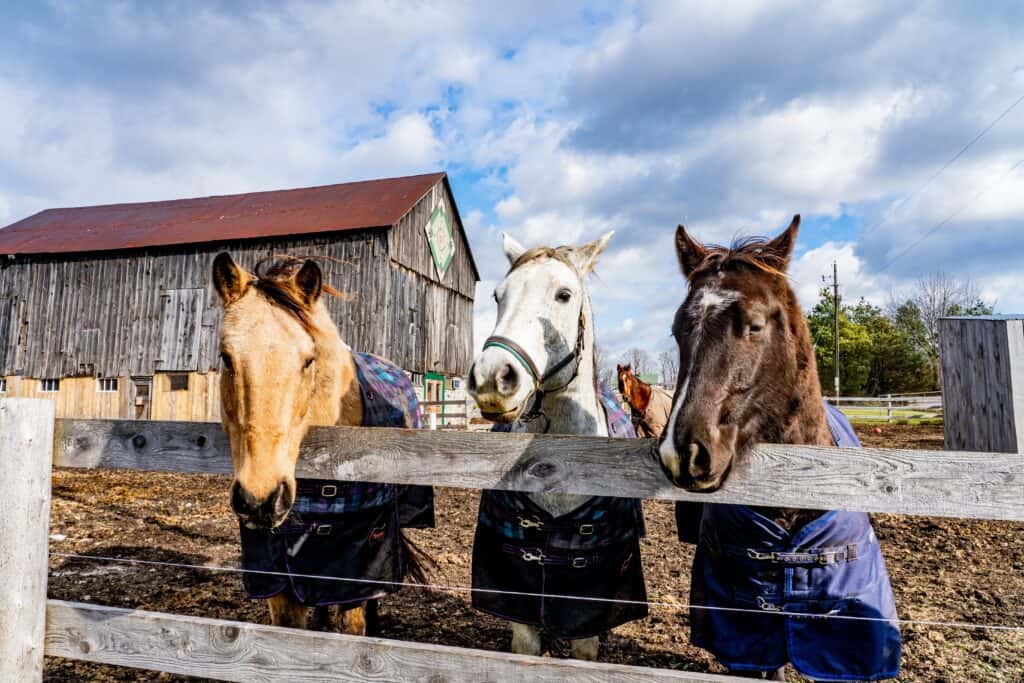Feeling that our internal state, our emotions, were “held” by others, and processed, was a foundational need in childhood. To process it, as children, we needed the presence of an attuning other in the outside world, our caregiver to “hold” that distress to help us regulate, settle, calm, and let it move through. We needed to feel and know, in our bones, that it was okay to feel and that the “other” on the outside, our parent(s), could stay within their window of tolerance for the multitude of emotions we experienced. And, without this sense of emotional security, the child’s perception is that the distress, the emotion, is surely “going to kill me.”
And this is who, now, walks into your office “all grown up” but still running that same childhood perspective. And this is who we mistakenly believe will be immediately ready to process that childhood distress by immediately exposing them to it. And this is who we are, perhaps still believing our own childhood perspective that our internal state will kill us. And we would be wrong.
For folks I work with, it sounds like this. “If I feel it, I will feel it forever. It will just stay stuck that way.” “I’ll implode.” “I will be annihilated.” “I won’t be able to get out of it.”
And as a therapist listening to this, I know that this state of perspective is old, way old, and based on the perspective from childhood. If we get in touch with how we feel, that, in fact, we will never get out of it, and we will be doomed to feel this way because it felt that way in the past. That said, it is not a conscious awareness nor a conscious choice but rather an automatic habit to shut it down, push it away, or get away from it somehow. It was too much to experience ourselves alone with how we felt, a core aloneness. That’s where the healing starts, being with how we feel and knowing we can and will survive.
We Are What We Search For
In contrast, perhaps the “truest” sense of who we are is actually the sense of peace, flow, contentment, you name it, that we experience behind whatever we are “doing” in the outside world. In other words, it is not the behaviors and those roles that define us, but rather, our ability to be present, to not get caught up with the outside and what shiny objects, shiny experiences, and shiny fill-in-the-blank will give us. I’ll be happy when _____. But, if we find our internal sense of quiet, that settling, that peace within us, that is our true nature, that very thing, that real “me” that we are terrified of, is what we have been looking for this whole time.
And, ironically, it has nothing to do with what we do; it has to do with our internal awareness of our innermost voice, that voice within us that tells us what we often don’t want to hear. That we aren’t broken, that we are whole already.
It’s like I tell my clients. My horses aren’t standing in my pasture, perseverating on how the world works, if they will get their mate upset, if or the “next” thing in the minute after this one. Nope. Instead, they are standing, breathing, and being with what is. And then, whatever the next thing that shows up, that is the thing that needs their attention until that stimulus is over, and they don’t hold onto it. It moves through them.




